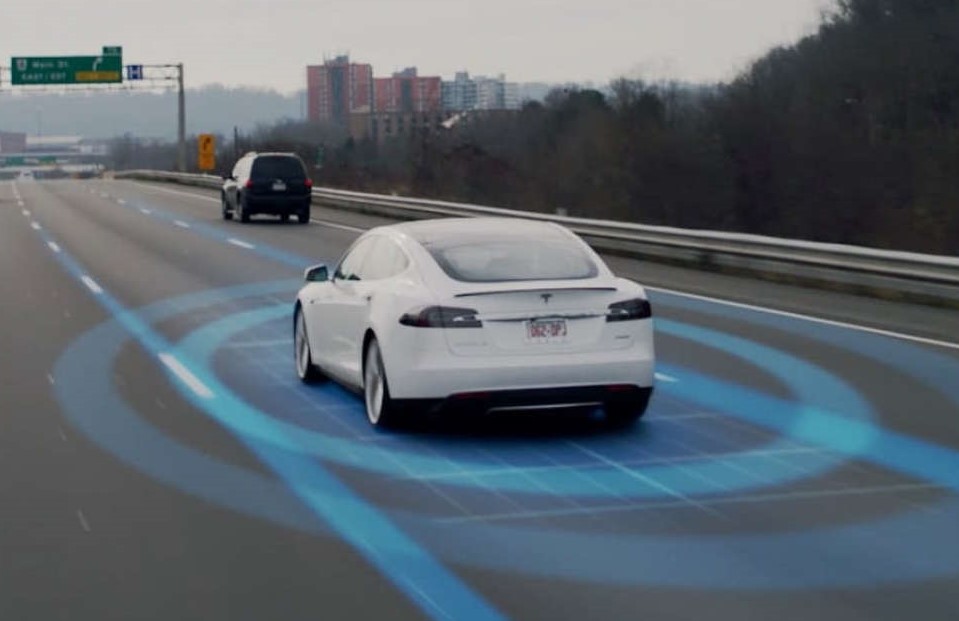A New Billow On The Horizon: Car Cloud Computing

Cloud computing is the delivery of on-demand computing services over the internet on a pay-as-you-go basis. So, it is no longer necessary to build and own IT infrastructures, but simply rent them. This reduces overheads and complexity within an organization and for customers as well. Moreover, cloud computing can be split into three different models: Infrastructure-as-a-Service (IaaS): physical and virtual services, storage, etc.; Platform-as-a-Service (PaaS): database management, operating systems, etc.; and the most common Software-as-a-Service (SaaS) – just think to Microsoft’s Office 365. [1]
Some people consider cloud computing outdated, since the future is going to embrace AI, VR, IoT, and other pervasive trends. It just happens because the introduction of the cloud dates back before 2010. But data suggests otherwise. In fact, the total global public cloud market will be worth $178B in 2018 and will keep growing at a CAGR of 22% [2], while by 2025 all companies will use the cloud technology to improve efficiency with more than 85% of applications located in the cloud [3].
Other people state that cloud has become a commodity, like coffee or copper. Likely, it is due to the fact that the first thought people have about it concerns the photos we have in the roll of our smartphone that are stored in the cloud of our service provider. Actually, technology is going to have broader contact points with the cloud. Forget the smartphone, your pictures and even the backup. Start thinking about cars.
Cloud will be adopted in plenty different circumstances, which will show its true capabilities. Data, services and new technologies are the key points. Indeed, you should imagine how tomorrow’s cities will be (smart elevators, drone taxis, etc.), how firms will be managed (data analytics, AI, etc. available as services, for SMEs as well), and lastly how car will be (electric, autonomous vehicles, etc.). These things will generate a myriad of data and will require specific services that will be provided through the cloud. [4]
As for automotive, the deployment of cloud computing can be analysed at two different levels: present and future.
Currently, cloud is already used to accomplish several tasks in a car, for instance for entertainment and GPS. [5] In particular, a large usage of the cloud occurs on a Tesla – of course. On a Tesla Model S one of the most astonishing feature is the 17-inch screen that substitutes the usual buttons that each car has. It means that to update the vehicle the company isn’t forced to develop and produce a brand-new car with physical features that allow to deal with the new improvements, but simply releasing a software update. From an economical perspective, it means definitely less costs, both for the company and for the customers. But that’s not all. Indeed, Tesla Model S is connected to the Tesla Cloud over a 3G link, that allows the engineering department to audit car’s performances, and – if needed – fix problems, even without the awareness of the driver.
Although all of this is pretty striking, there are some issues that must be absolutely taken into account. One is scalability: to guarantee an efficient service, the more cars are in the cloud, the more it must be able to handle with tons of data. Another is security: if everything goes through the cloud (car’s software updates, telemetry, vehicles servicing, etc.), it must not be easily hacked. [6]
In the future, the cloud could become even more key for vehicles. Some suggestive examples. [6]
- Self-driving cars will hugely use cloud computing to get live information and to exploit all the available technologies.
- Car insurances will be better tied with the actual usage of the car, i.e. we won’t pay a fixed fee anymore, but rather a variable one depending on how many miles we drove. Who’ll know it? The cloud, of course.
- Social networking within cars might be a great chance to share whatever is useful for a journey, from the conditions of the road to the playlist for enjoying the landscape.
It seems clear that the development path of cloud computing is far from its end. It has transformed the way of working and storing data, and it’s going to transform car’s usage. It’s pretty safe to predict that other clouds will emerge on the tech horizon.
Sources:
[3] https://www.huawei.com/en/press-events/events/mwc/2017/b2b/industry-cloud


